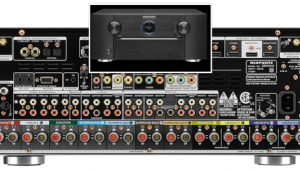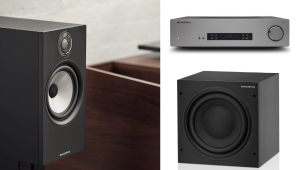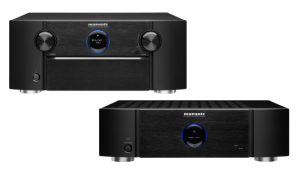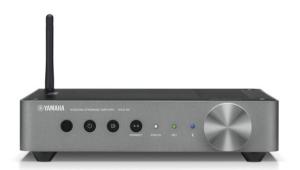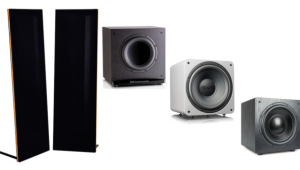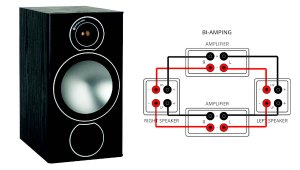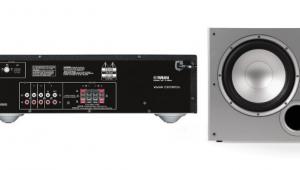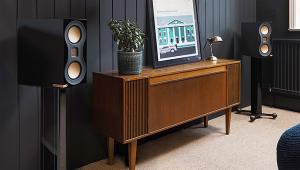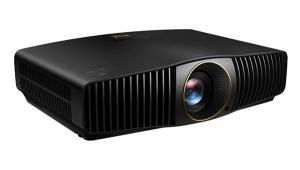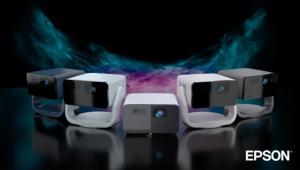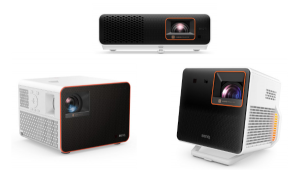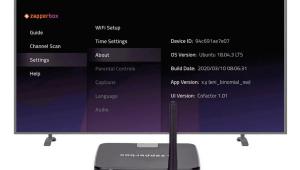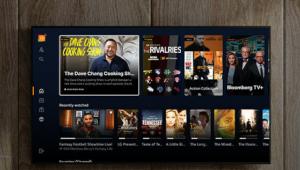Pioneer vs. Elite AVRs, DVD Recorders, 1440p
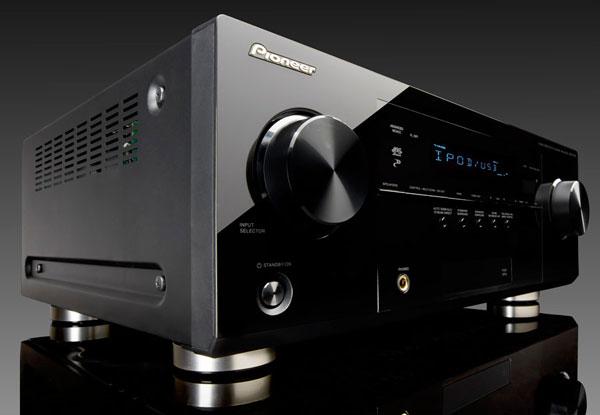
We're getting a new A/V system, and the installer has proposed a Pioneer Elite VSX-30 receiver. Following your podcast 56 in early March, I learned about Pioneer's new models, including the VSX-1021, which most closely compares with this lower-end Elite model. Should I hold out for the new entry-level Elite VSX-40? My primary needs are HDMI to a new Samsung TV, terrestrial and Internet radio, and accessing music through my home network from a PC with a 5.1 speaker system. Do you have any recommendations or insight about Pioneer's 2011 Elite line?
Alan Goldstein
In general, the Elite line offers higher performance with more control options and networking for custom-installation applications. But let's take a look at the Pioneer VSX-1021 (pictured here and reviewed in the August 2011 issue of Home Theater magazine) and Elite VSX-40 specifically. The VSX-1021 has everything you specify here, while the VSX-40 lacks Internet radio and the ability to access music on your PC.
The step-up Elite VSX-50 has Internet radio and DLNA capabilities, which will let you stream music from your PC. So for you, it seems the choice is between the VSX-1021 ($550) and VSX-50 ($600), which have the same power rating and video processor (Anchor Bay). The Elite model has a 2-year warranty as opposed to 1-year for the Pioneer, and it has IP-control capabilities for control systems like Control4 and Crestron. If it were me, I'd probably go for the VSX-50 with its extra year of warranty and most likely better sound quality.
No Can Do
Last year, I bought a Panasonic DRM-EZ28 DVD recorder, which has an HDMI output, but the input is limited to S-video or composite video. I did not see this limitation mentioned in any of the reviews I researched to make a decision about which recorder to purchase. Is there a recorder model that has both HDMI input and output?
Vincent Cherene
I'm afraid not. An HDMI input on any device that records video digitally would potentially allow lossless copies to be made, something no content provider will tolerate. And as far as I know, there are no currently available DVD recorders with component-video inputs, eitherPhilips used to offer one, but it's been off the market for many years. Otherwise, the best you're going to get is an S-video input.
WQHD is Not a Broadcast Station
Is 1440p for real or just a publicity stunt to sell more HDMI cables? If it's for real, what's the benefit?
Jeffrey McQuillen
First, let me define 1440p. Also known as WQHD (wide quad high definition), it normally applies to computer monitors and indicates a pixel resolution of 2560x1440, which is available, for example, on the 27-inch NEC PA271W. Unfortunately, many computer monitors are mistakenly called 1440p with a resolution of 1440x900, which is also known as WXGA+ or WSXGA.
Some people are talking about 1440p TVs, since 2560x1440 is exactly double the horizontal and vertical resolution of 720p (1280x720), resulting in four times as many pixels. But I've heard of no plans to introduce such a TV, and there is certainly no content available at that resolution. I think the next jump in resolution for home theater will be to 4K (probably 3840x2160, or double the horizontal and vertical resolution of 1080p), but that's not going to happen for some years.
HDMI cables rated for 1440p might be important with very high-resolution computer monitors, but not with current TVs. Also, HDMI 1.3 devices can handle resolutions up to 2560x1600 at 75 frames per second, while HDMI 1.4 devices can handle up to 4096x2160 at 24fps, so cables that are honestly rated for HDMI 1.3 or 1.4 (both of which have a maximum bandwidth of 10.2Gbps) are fine for now and the foreseeable future.
The e-mail address to send questions for Ask Home Theater has changed; please send your home-theater questions to askscottwilkinson@gmail.com.
